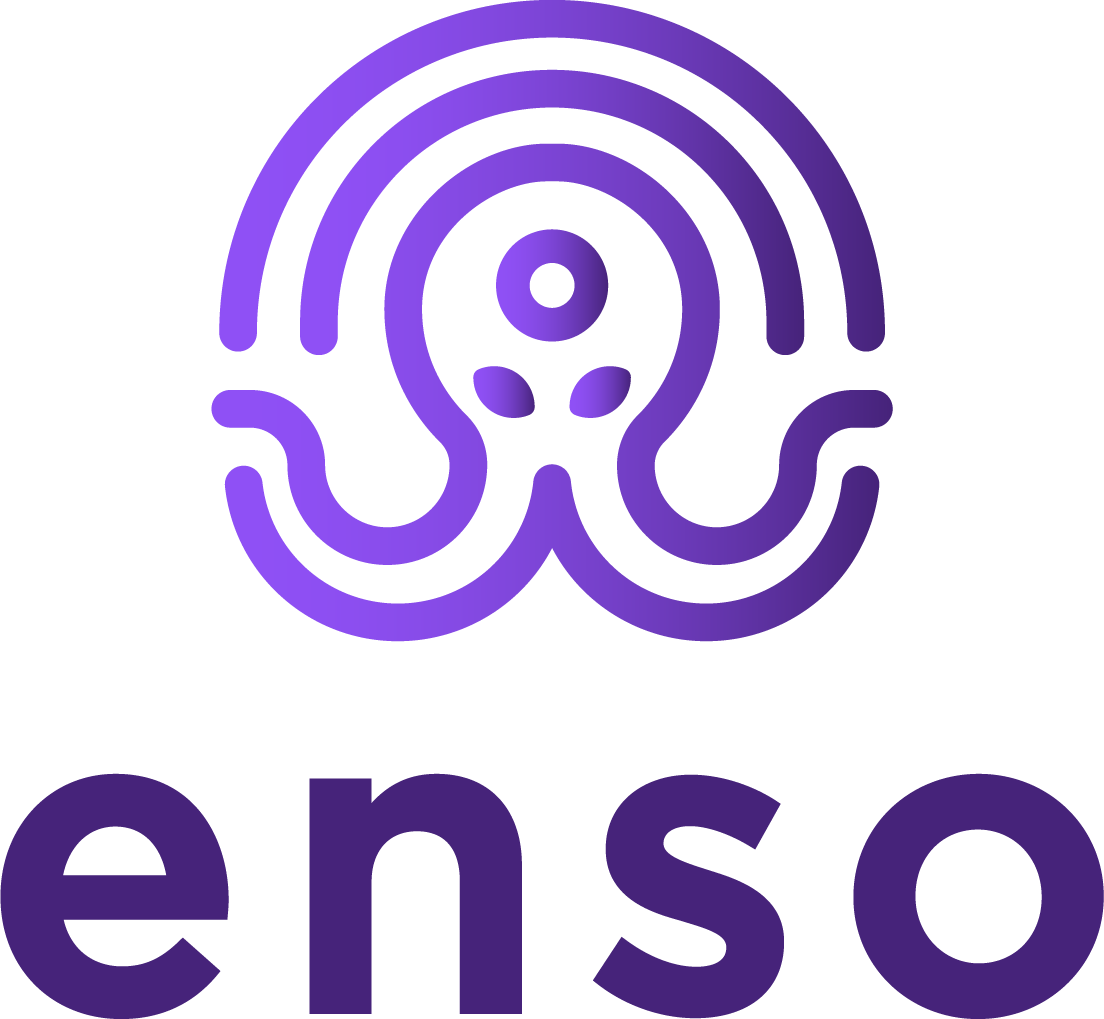Snyk's main features include open-source vulnerability scanning, code security, container security, infrastructure as code security, risk-based prioritization, development-first integration, continuous monitoring and alerting, automation, and remediation. The best features I appreciate are the vulnerability checking, vulnerability scanning, and code security capabilities, as Snyk scans all open-source dependencies for known vulnerabilities and helps with license compliance for open-source components.
Snyk integrates into IDEs, allowing issues to be caught as they appear in the code dynamically and prioritizes risk while providing remediation advice.
Snyk provides actionable remediation advice on where vulnerabilities can exist and where code security is compromised, automatically scanning everything and providing timely alerts.
Snyk has positively impacted my organization by improving the security posture across all software repositories, resulting in fewer critical vulnerabilities, more confidence in overall product security, and faster security compliance for project clients.
Snyk has helped reduce vulnerabilities significantly. Initially, the repository had 17 to 31 critical and high vulnerabilities, but Snyk has helped manage them down to just five vulnerabilities, which are now lower and not high or critical.
